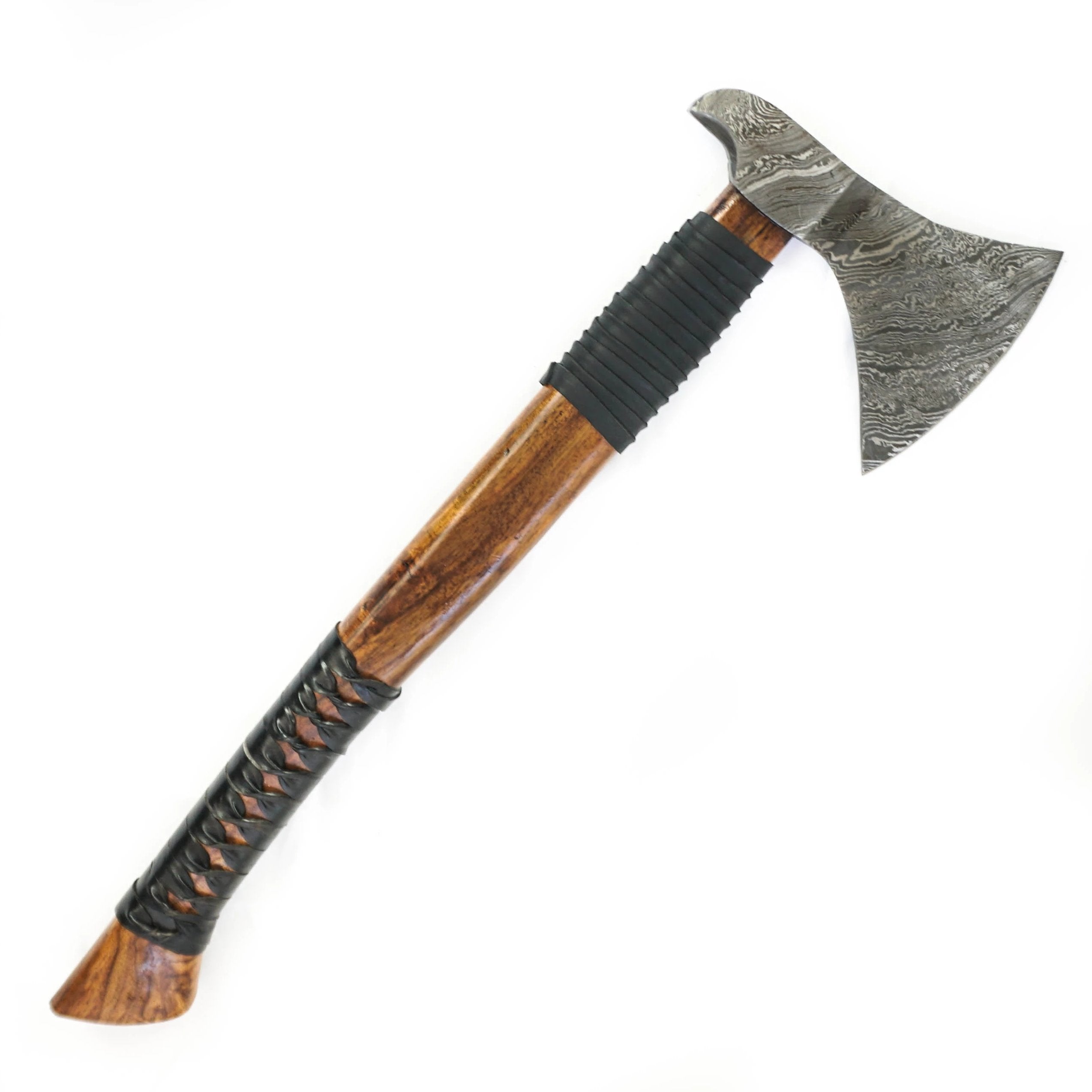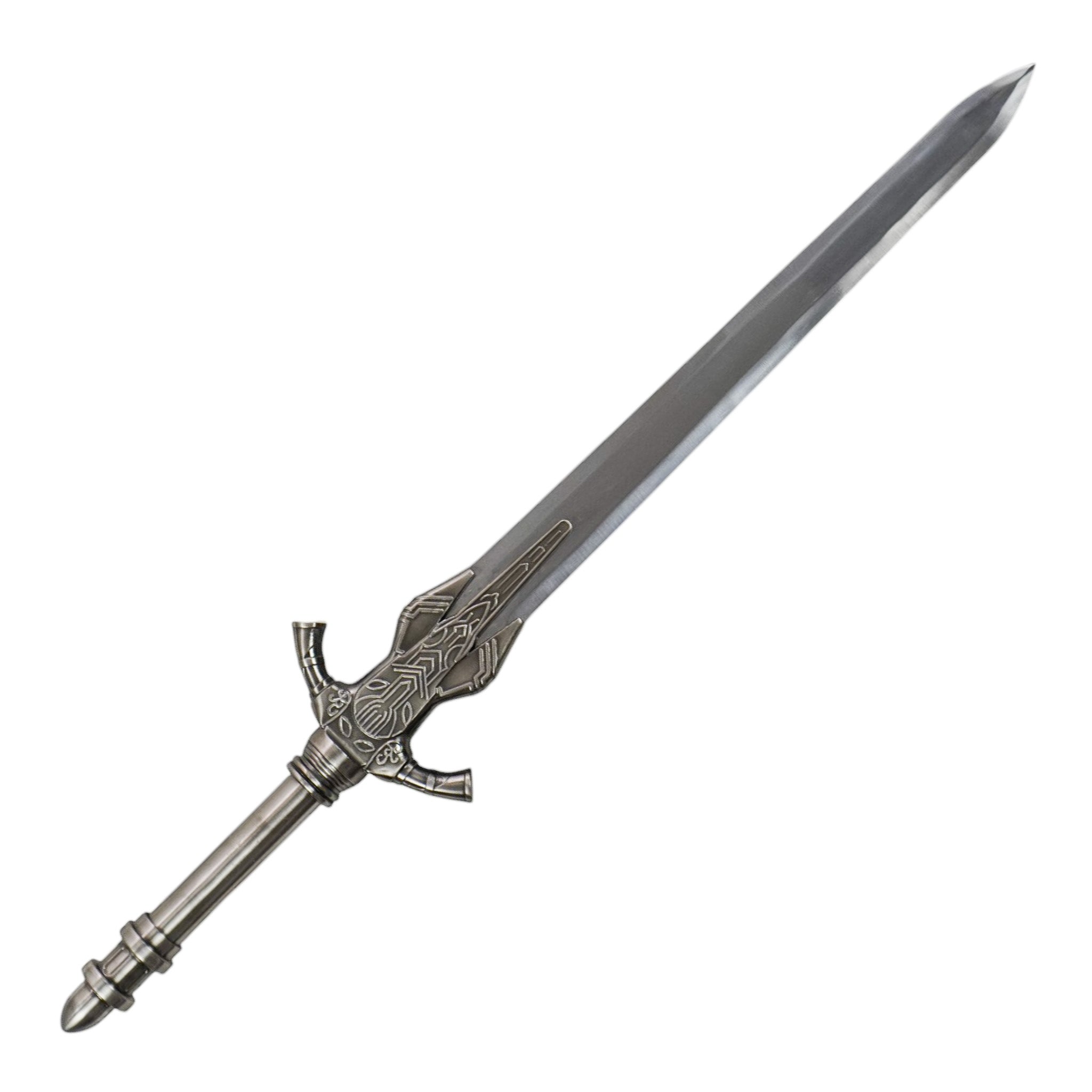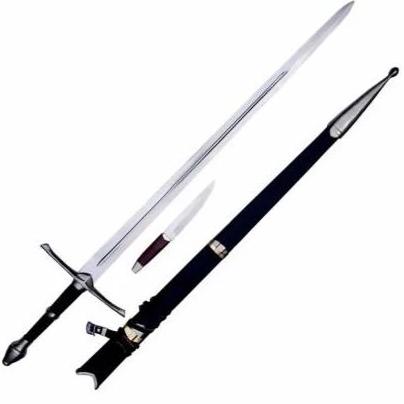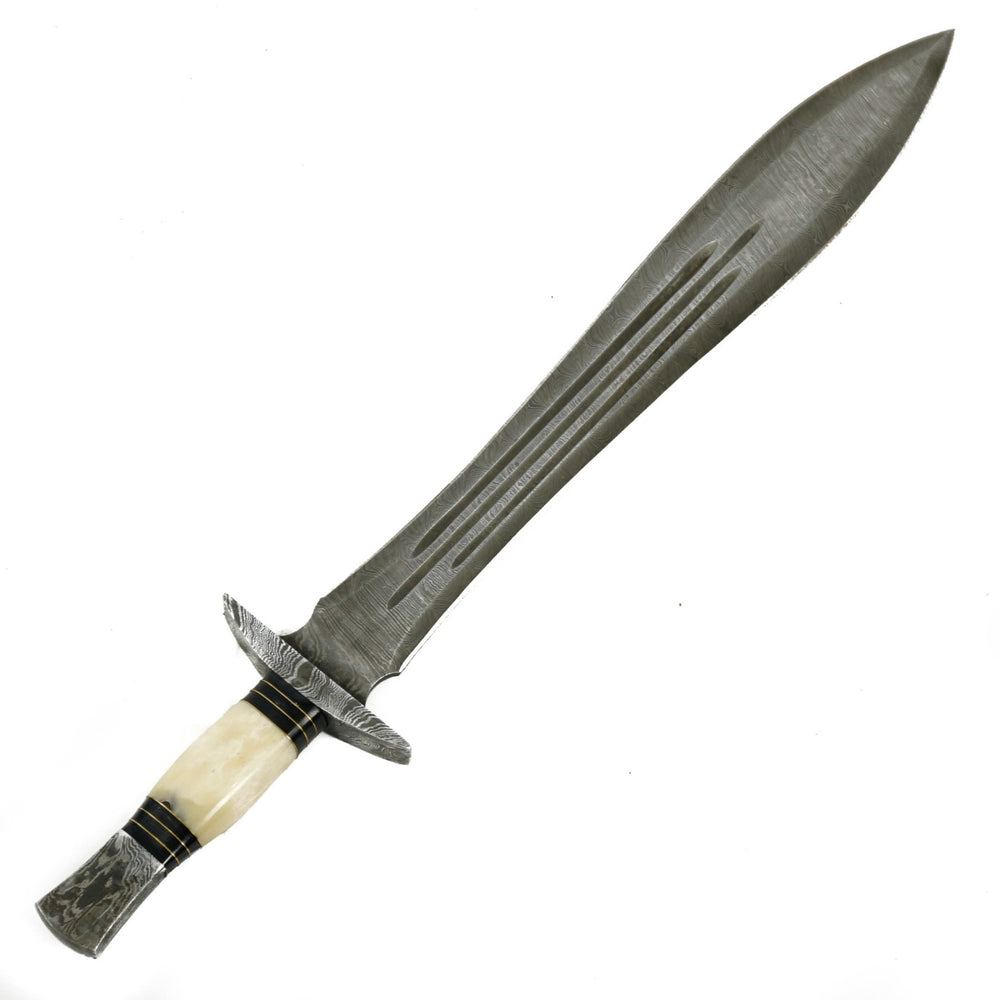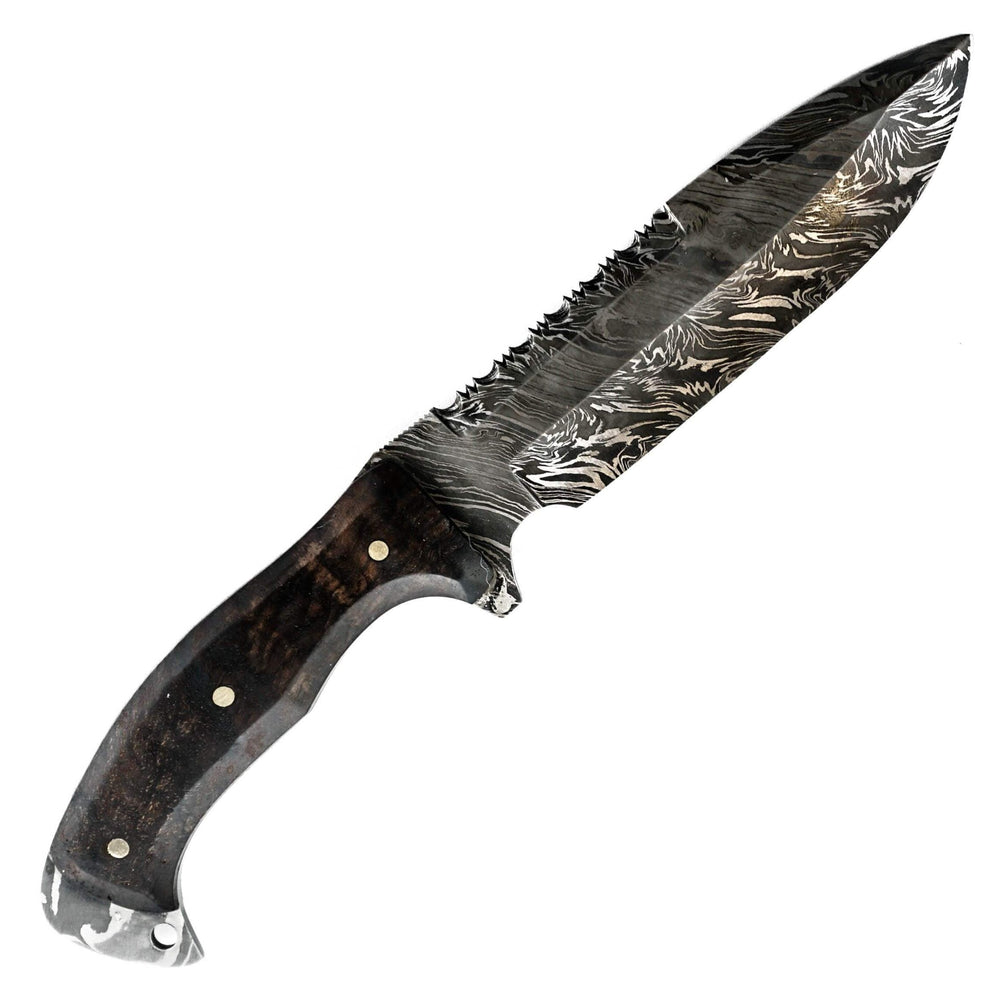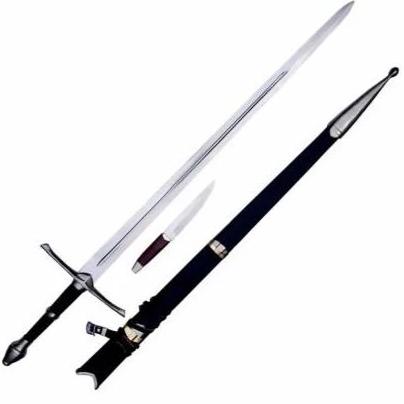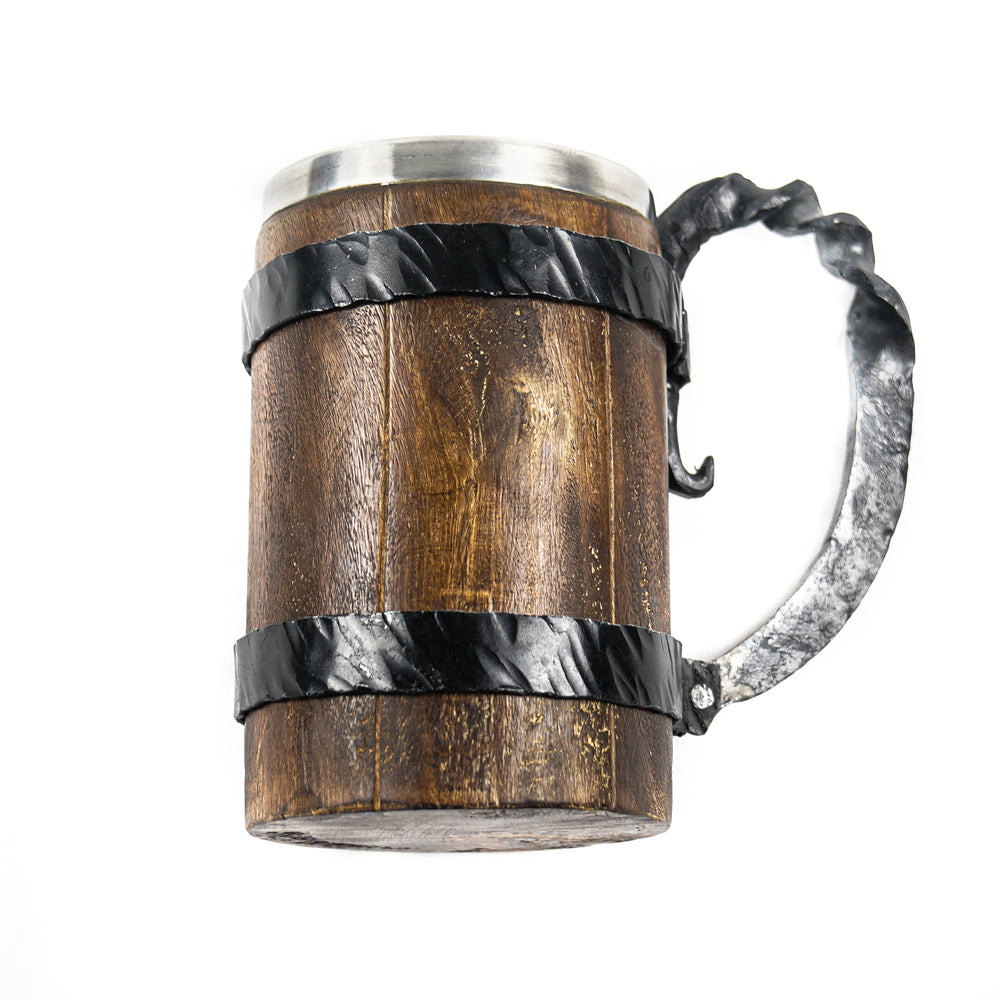Scimitar Sword: An Iconic Blade Through Centuries and Cultures
The Scimitar, a blade that tells tales of historic wars, cultural shifts, and powerful dynasties, remains an iconic symbol of Central Asia even long after the fall of the Ottoman Empire. Its distinct convex, curving blade set it apart from the double-edged weapons of its European contemporaries, making it a fascinating study for enthusiasts and historians alike.
Characteristics of the Scimitar:
The scimitar is a backsword that was a staple in the arsenals of Middle Eastern armies in the early medieval period, with its unmistakable silhouette now frequently seen in popular video games such as Assassin's Creed.
Dimensions and Mass:
The scimitar's characteristics, including the curve's steepness, thickness, blade weight, and overall length, greatly vary based on its place of origin. However, a typical scimitar measures about 30 to 36 inches (76 to 92 cm) in length, weighs around two pounds (0.9 kg), and spans approximately 5.5 inches (14 cm) at its widest point.
Value of the Knife:
What sets the scimitar apart is its single, curved blade that lends itself to swift slashing attacks. Unlike its Western counterparts, a scimitar's blade is often narrower and adapts a unique pattern towards the tip, either narrowing or widening depending on its cultural background. Despite its asymmetrical design, the balance and agility of the sword remain unaffected.
Scimitar: A Brief History:
The scimitar's journey through history is filled with intriguing twists and turns. Despite the common misconception that it originated in the Middle East, the weapon had been in existence for centuries before the Islamic Wars, primarily used by nomadic Mongols and Turks as early as the 7th century.
Its popularity in the region can be credited to Damascene swordsmiths, who crafted Damascus Swords with unparalleled durability and unique designs. Damascene Scimitars were especially known for their distinctive watery patterns.
In the 11th century, the scimitar became synonymous with the term 'Saracen', a term referring to all Muslims. The sword's extensive use by Islamic warriors during the Crusades cemented its image as a symbol of Islam.
Notably, the scimitar's curved and lighter design was favored in the temperate regions of Central Asia, contrasting with European warriors' preference for heavier armor and straight blades.
Over time, the Scimitar came to symbolize authority and nobility in Middle Eastern cultures, often seen in the hands of kings and the goddess Ishtar in Akkadian art. In Arabic culture, the sword came to represent the state, Islam, and even God.
Even though its military use has diminished, the scimitar still holds a significant place in military ceremonial dress uniforms.
Scimitar Varieties:
1. Tulwar:
This sword, popular during the 16th-century Moghul kingdom of India, was an adaptation of the Shamshir's design, featuring a wider blade, a gentler curvature, and a disc-shaped pommel for a secure hold.
2. Shamshir:
The Shamshir, popularized in the 16th century, is most notable for defining the first scimitars. This light and maneuverable sword, being thinner than a typical scimitar, is still favored by the US Marine Corps for ceremonial purposes.
3. Kilij:
Adopted by the Ottoman Turks in the 15th century, the Kilij is a single-edged sword made from high-carbon crucible steel. Its blade is relatively straight for two-thirds of its length before curving sharply.
4. Nimcha:
Originating in the 18th century, the Nimcha was a popular sword in Morocco and other North African regions, often made from older sword types.
Conclusion
In conclusion, the scimitar sword is an emblem of Central Asia's tumultuous past, representing battles won and lost, the rise and fall of empires, and the cultural shifts experienced by generations. Today, its presence in popular culture and the continued creation of replicas serve as reminders of its rich heritage.

